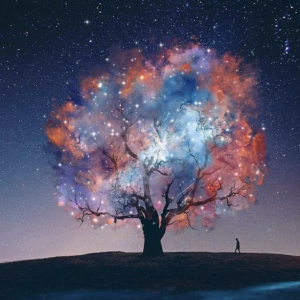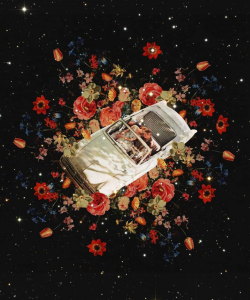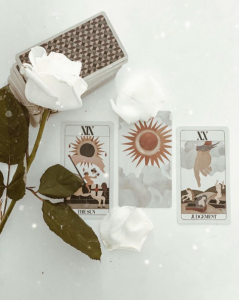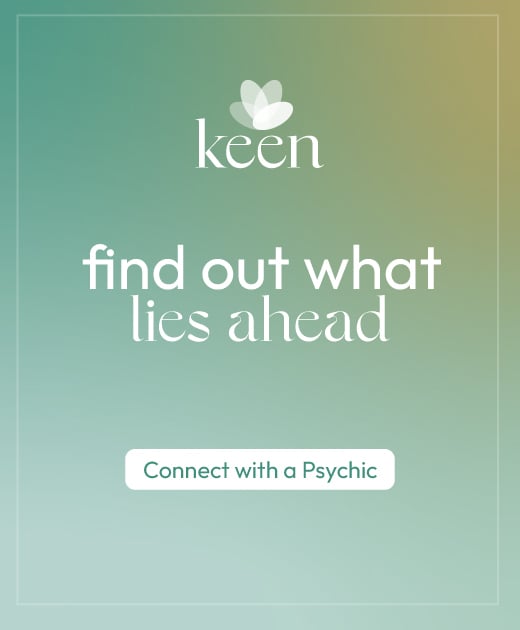Types of Full Moons: Supermoon, Harvest Moon, and More
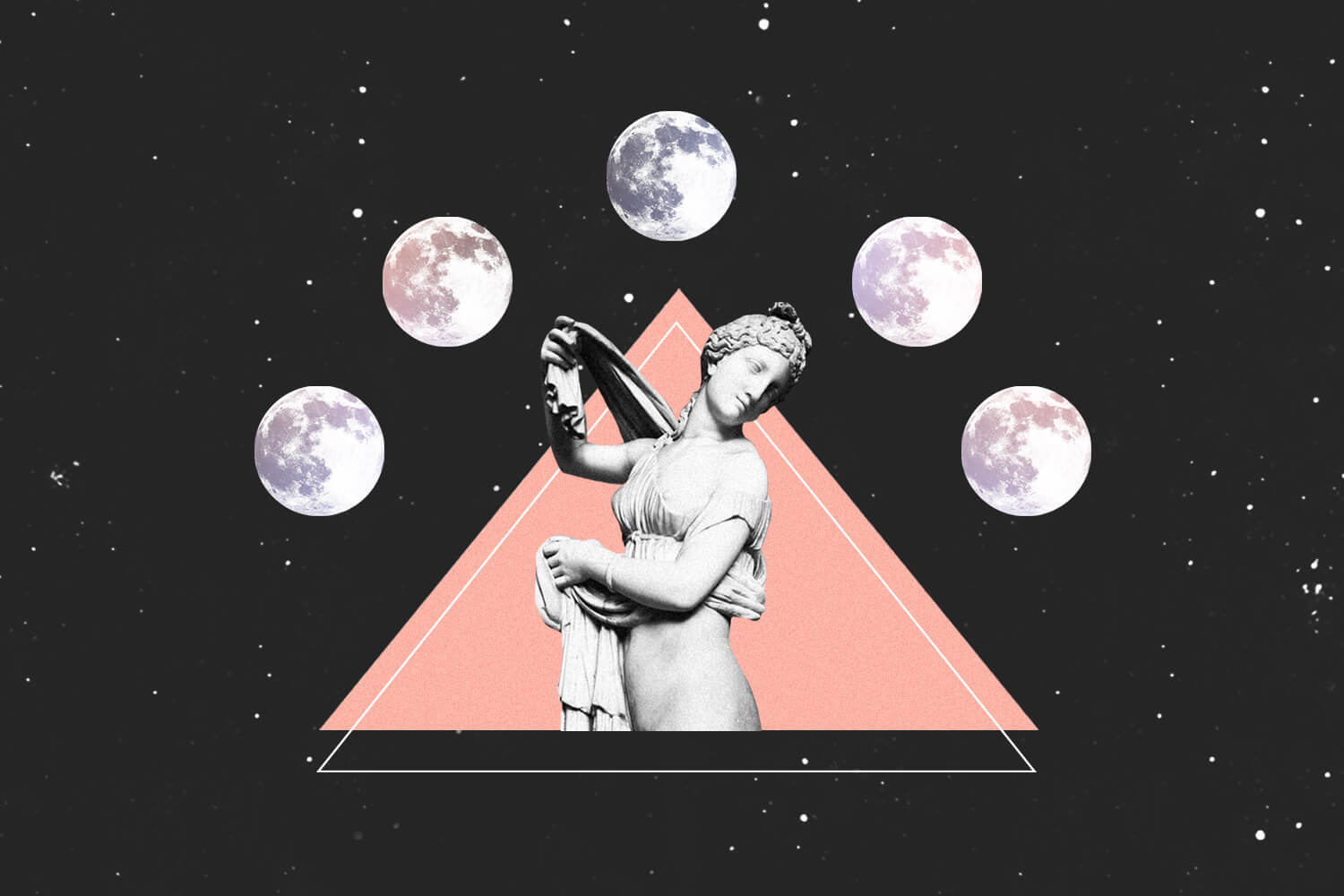
In Western culture, there are different types of full moons. So, the next full moon you see, check this list of full moon names to identify it.
What Is a Supermoon?
A “supermoon” describes a full moon that is closest to the Earth. Because it’s geographically close, it can appear much bigger in the sky. The spiritual take is that full moons come with a lot of energy. So, when the moon is even closer to us, that energy is amplified. Thus, supermoons are said to bring much more drama than a regular full moon.
Harvest Moon Meaning
The “Harvest Moon” is the full moon that rises closest to the fall equinox. Most years it appears in September, which is considered the “Corn Moon.”
Blue Moon Meaning
Ever heard that saying, “once in a blue moon?” Well, now you know where it comes from. A “blue moon” refers to a full moon that occurs two times in one calendar month. This happens every 2 to 3 years. In order to keep track of all full moons (including blue moons) and how they’ll affect you, it might be helpful to sign up for an astrology subscription.
Blood Moon Meaning
A “Blood Moon” only happens during a total lunar eclipse. It’s so named for its reddish appearance, which occurs when sunlight is refracted by the Earth’s atmosphere.
Full Moon Names By Month
Did you know that in Western culture, every full moon in the calendar year has a specific name? According to the Farmer’s Almanac, Native Americans kept track of the seasons by following the moon—and, thus, granted a name for every full moon of the year.
January: Wolf Moon
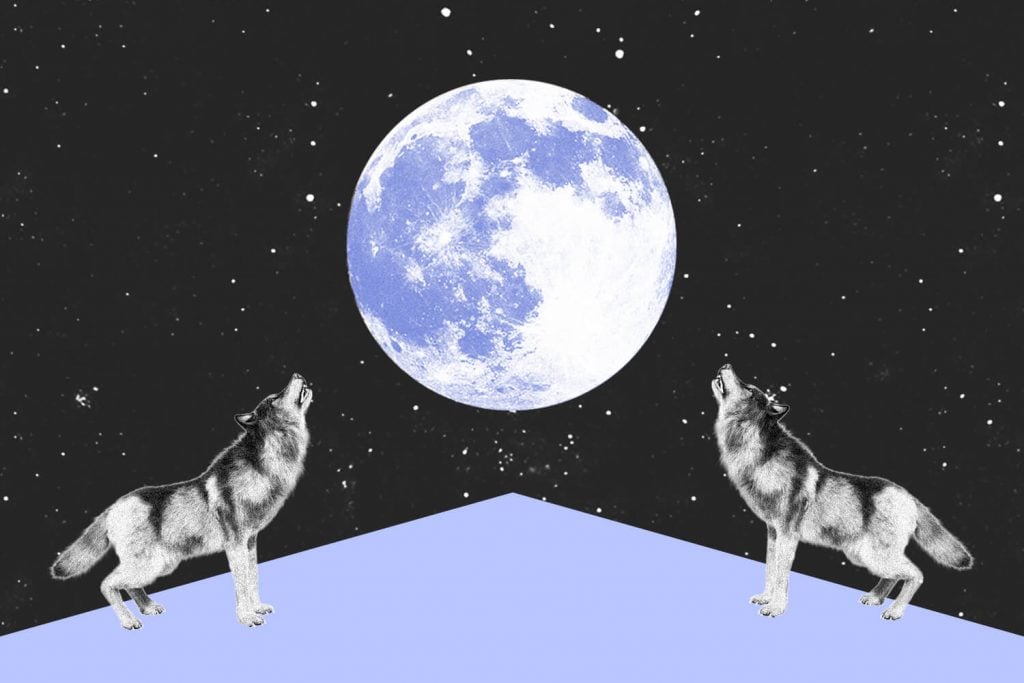
January was a time when the wolves would start howling louder—a phenomenon that Native Americans assumed was because of hunger. So, the Wolf Moon pays tribute to the “hungry” wolves.
February: Snow Moon
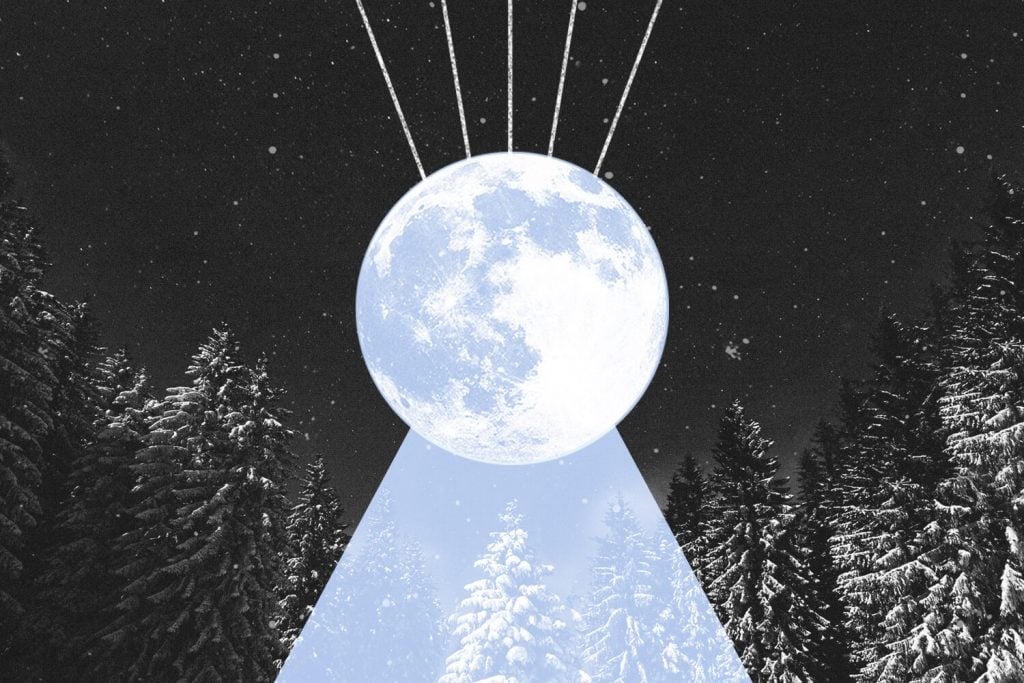
With February being a top contender for “coldest month of the year,” the Snow Moon’s origination seems to be pretty clear. It was cold, and there was a lot of snow.
This moon is also known as “Hunger Moon,” as it was around this time that food was pretty scarce.
March: Worm Moon
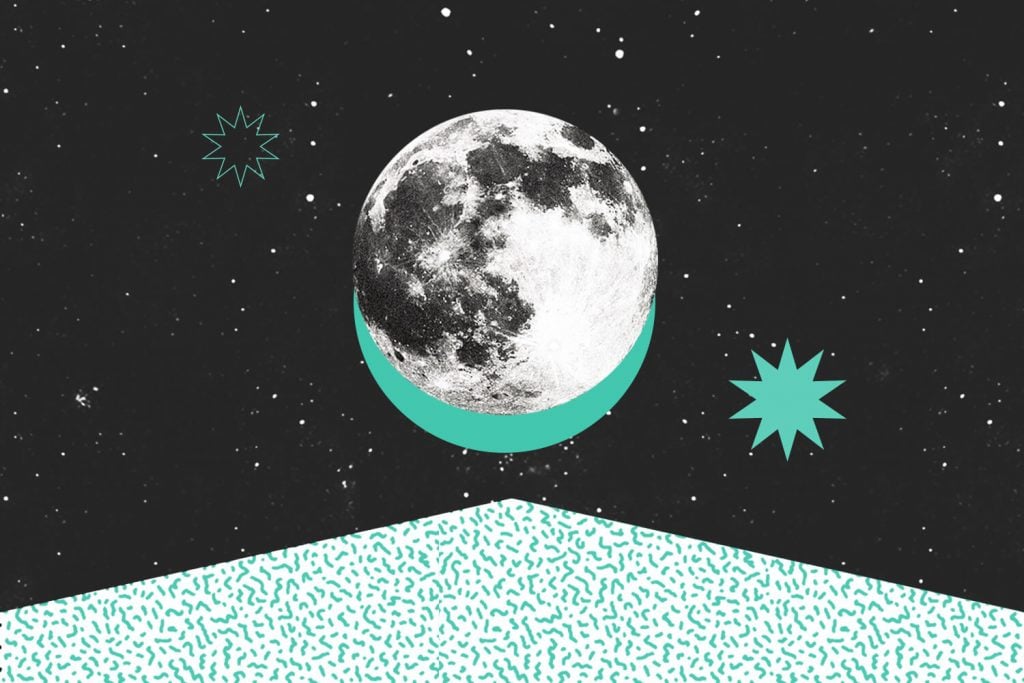
As the snow thaws and the earth becomes moist, the earthworms begin to arise. Hence, “worm moon.”
April: Pink Moon
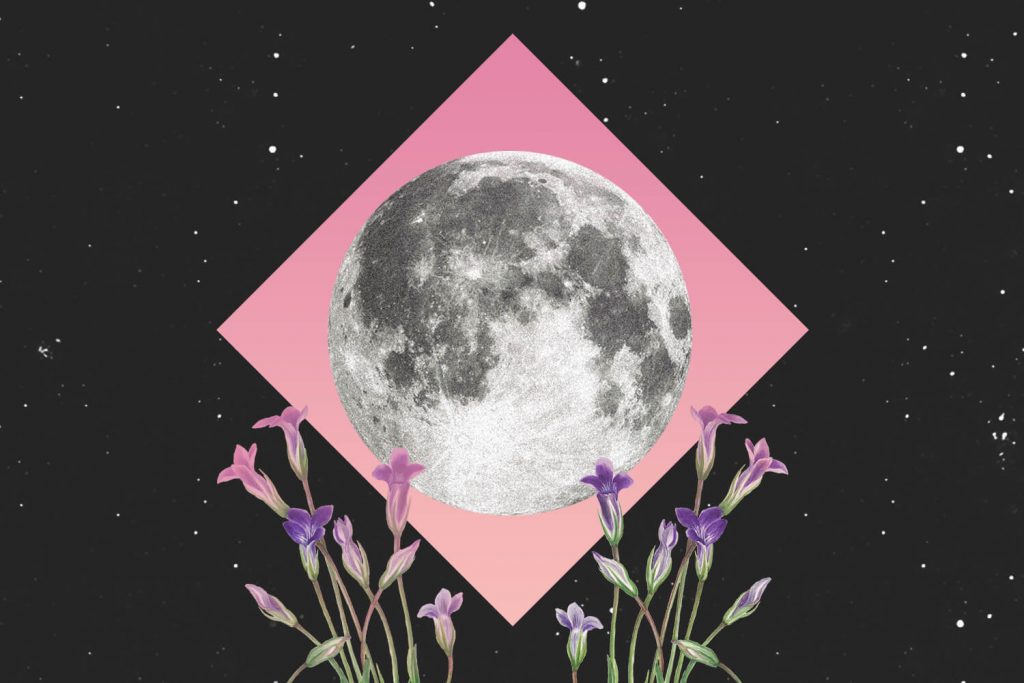
Does this full moon really turn pink?
Nope. (Sigh.)
This moon is named after the pinkish-blue wildflowers that grow during this time of year—found in the U.S. and Canada.
May: Flower Moon
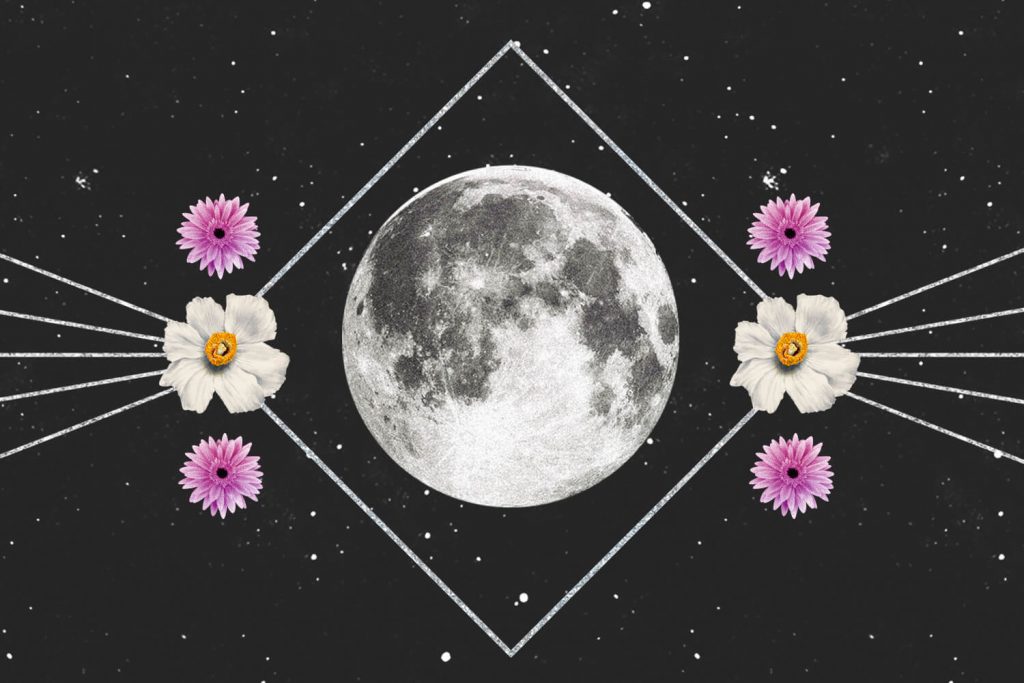
And as the wildflowers start to sprout, soon come the spring flowers. Talk about flower power.
June: Strawberry Moon
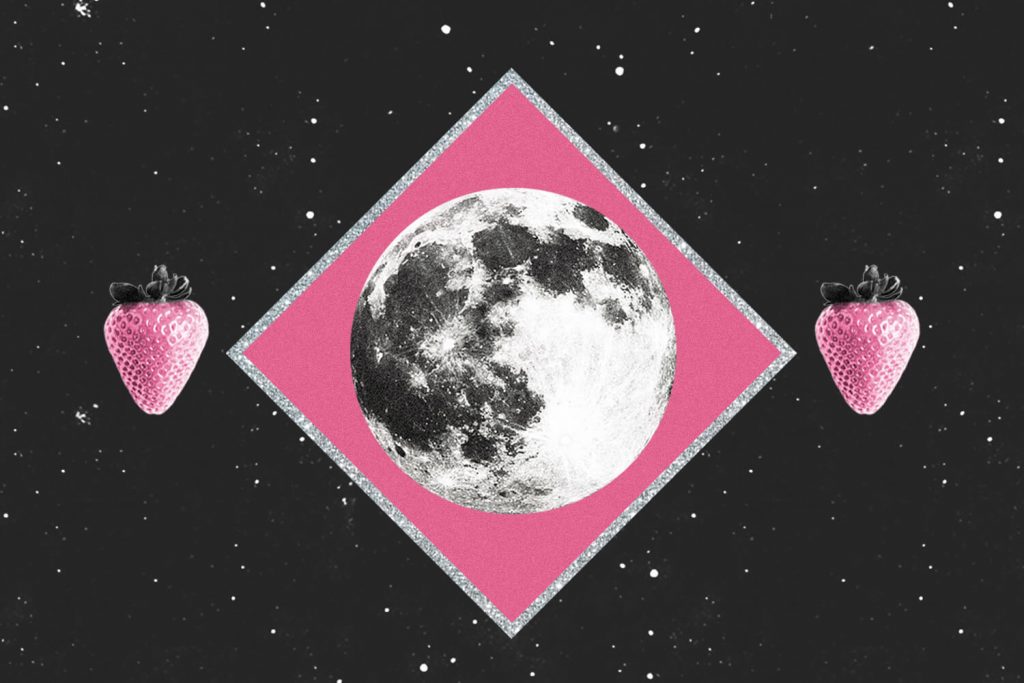
As one might expect, June is when strawberries are in season. So, the “Strawberry Moon” pays homage to this. A full moon has never been sweeter.
July: Buck Moon
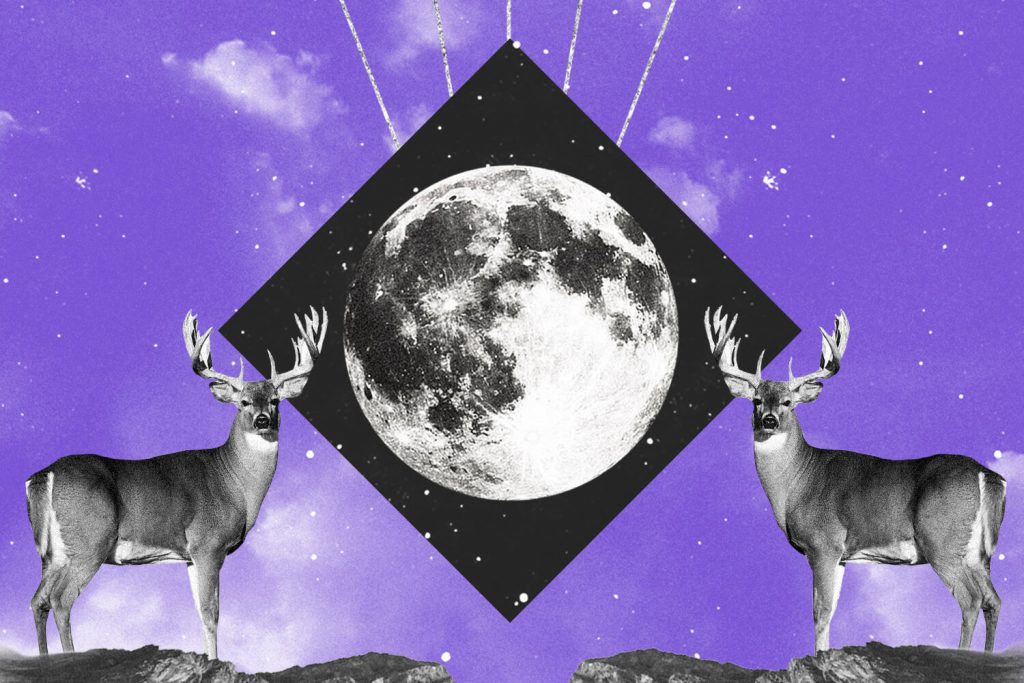
Did you know deer shed their antlers every year? Well, the Buck Moon signifies the moment when a buck’s antler has fully—or almost completely—regrown.
Another name for this full moon is “Thunder Moon,” thanks to the summer thunderstorms.
August: Sturgeon Moon
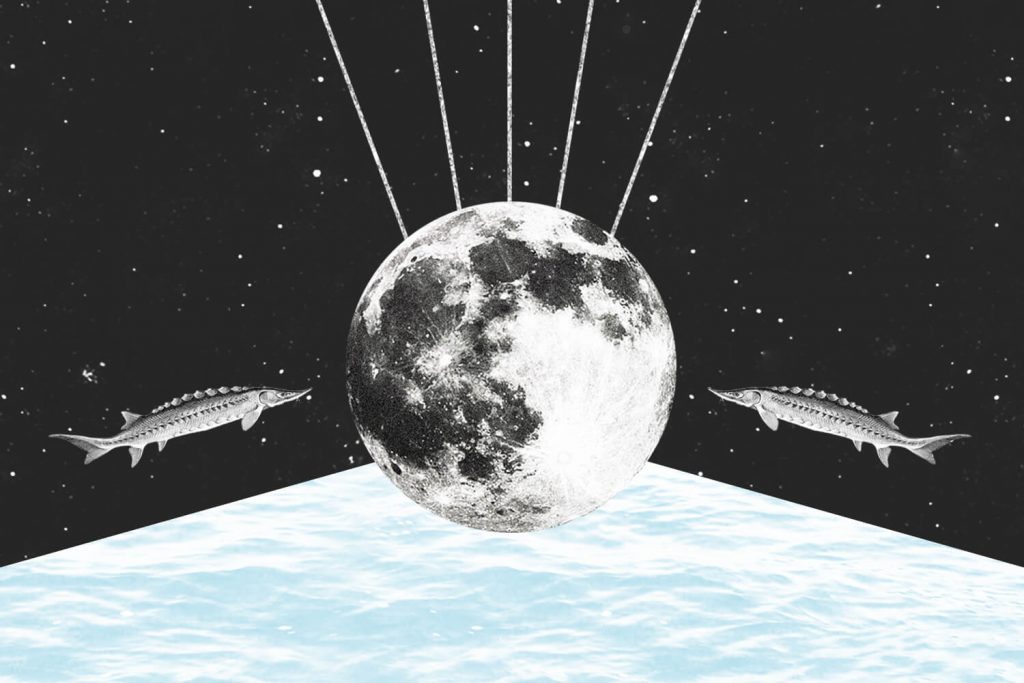
The sturgeon is a large fish found in many great lakes of the U.S. and is the inspiration for August’s full moon.
September: Corn Moon
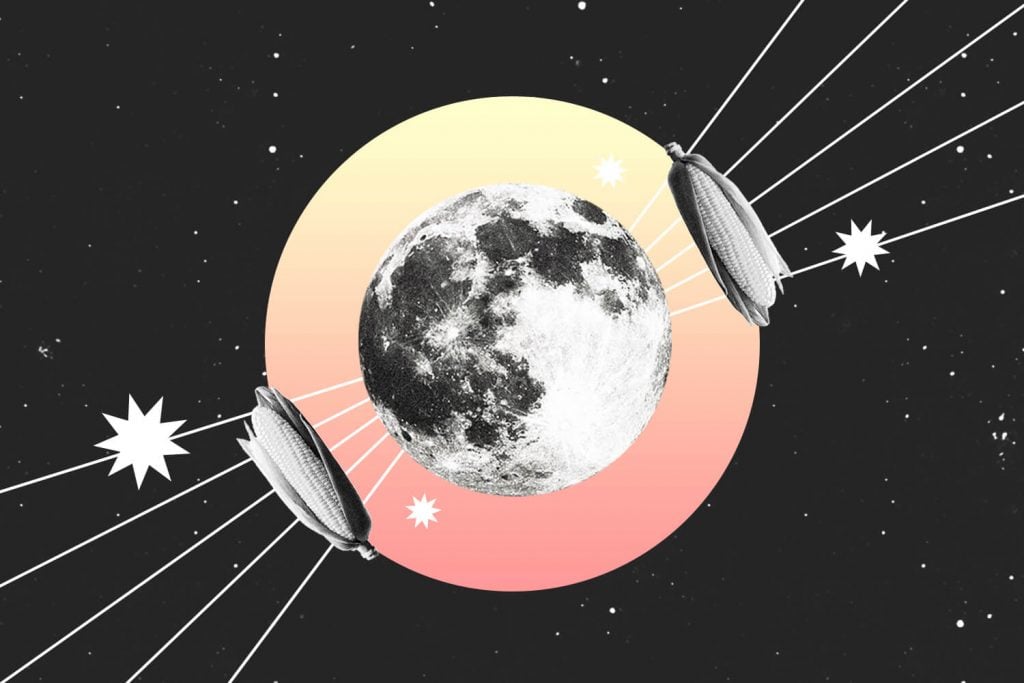
You guessed it! This is corn season! The Native Americans recognized the “Corn Moon” during the period when corn was ready to harvest. This moon is usually the Harvest Moon for the year.
October: Hunter’s Moon
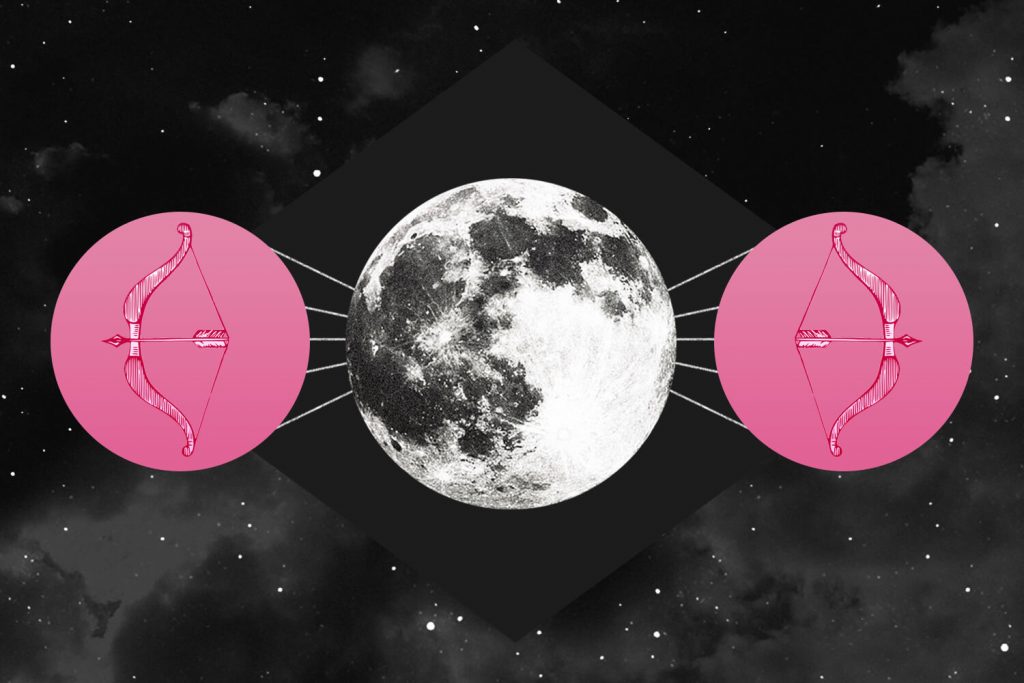
This full moon has many name variations. Sometimes, it occurs as the Harvest Moons. Other names for this moon are “Blood Moon” and “Sanguine Moon.”
During October, all the crops have been harvested—making it easier for hunters to see animals bounding around as they prepare to stock up for winter.
November: Beaver Moon
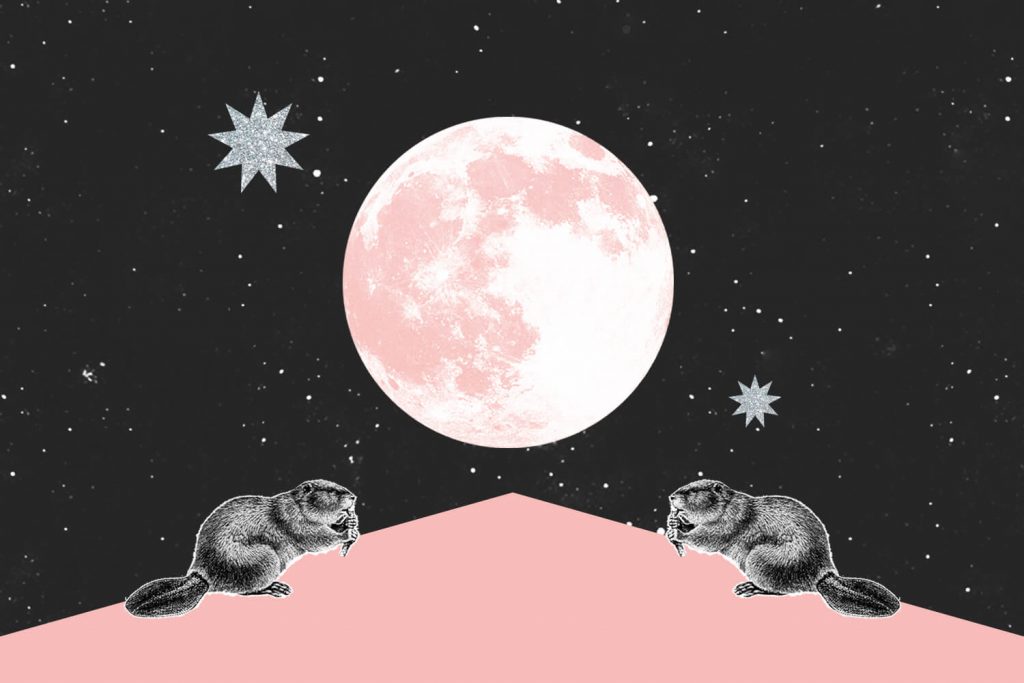
Beavers were a source of furs for the Native Americans. So, this was the last month to set traps before waters would freeze over.
December: Cold Moon
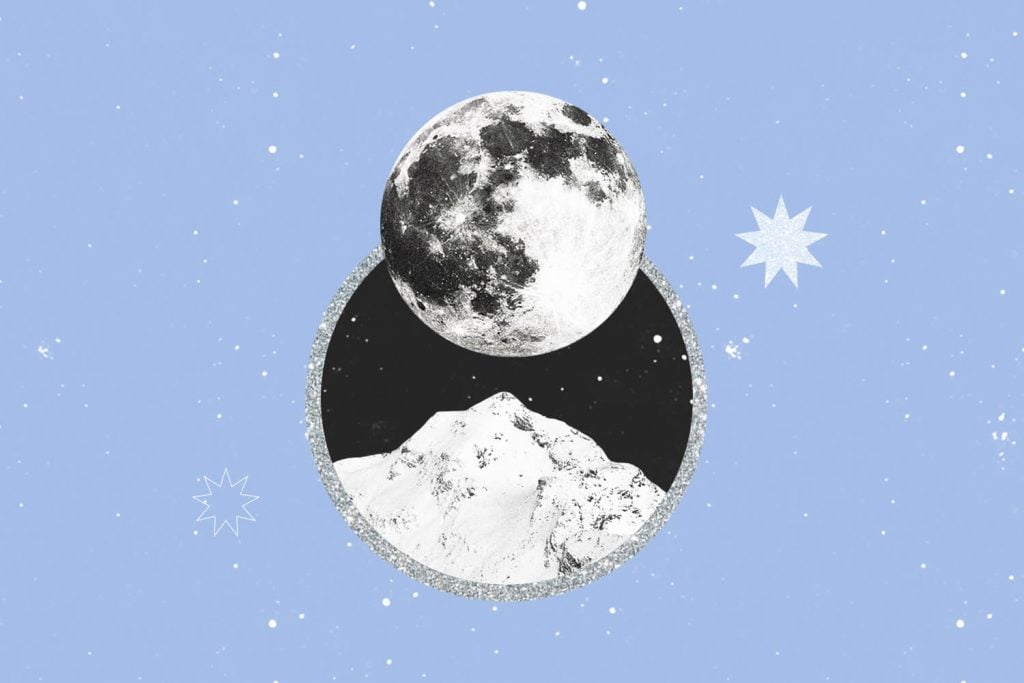
Lastly, the “Cold Moon” seems obvious—as it arises during the season when the air freezes up, and we start to feel the weight of impending winter.
FAQs
How many full moons happen a year?
Most years have 12 full moons. However, during years when a blue moon occurs, there are 13.
When is the next full moon?
Check out our handy astrology calendar to keep track of all new moons, full moons, important transits, and more.
What does a full moon mean?
Full moons emphasize our emotions. If you think about it, a full moon occurs when the sun (ego) directly faces the moon (emotions). So, we become very aware of how we feel during this lunar phase. The only problem is that we might have so many feelings that we aren’t able to properly express them (hello, drama).
How long does full moon energy last?
Typically, the “energy” of a full moon will begin 3–5 days before the full moon and will linger 3–5 days after the full moon. And, of course, it’s most heightened on the actual day.
Does a full moon affect people?
Yes! Astrology aside. … If the full moon can affect the ocean’s tide, and we’re 60 percent water (according to the USGS), then how can it not affect us?
How do you make full moon water?
It’s simple! Add purified water to a jar. Let that jar sit overnight under the light of the full moon. And voila! Moon water at your disposal for rituals and manifestation.
How do you charge crystals under the full moon?
First, cleanse your crystals with salt or water. Then, leave the stone in a special place where the moon’s light is directly hitting it. And there you have it!
Does the full moon affect mood?
If the moon represents our emotions, and the full moon represents the moon’s “peak,” then yes. We might become a lot moodier because the full moon heightens our emotional senses.
The full moon can also make us feel drained—thanks to all that extra emotional energy.
Does the full moon affect sleep?
According to a study from Science Advances, the full moon could cause people to sleep less—particularly in the nights leading up to it.
Ready to talk to an expert? Get a FREE session with a professional Astrologer.
